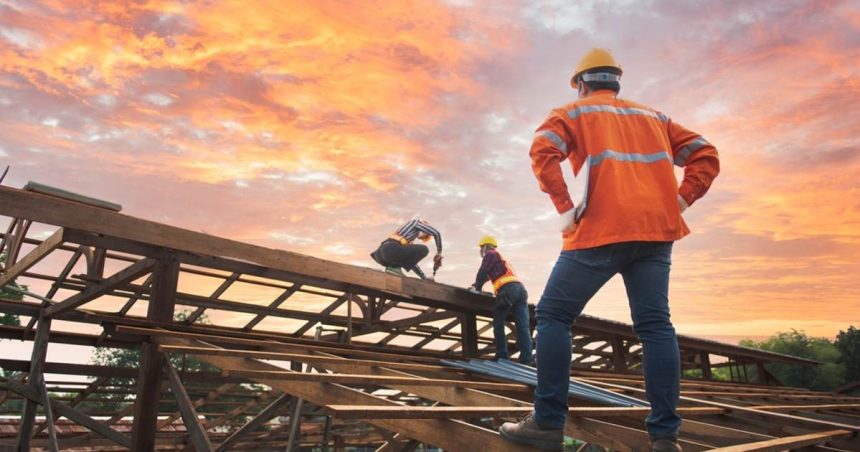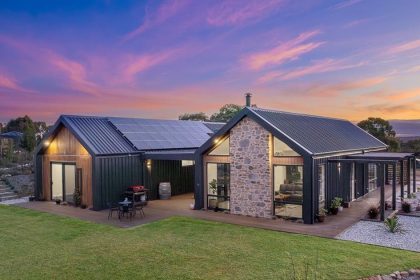A record decline in growth for home-building costs bodes well for builders, buyers and the Aussie construction industry.
If you’ve so much as glanced at a newspaper in the last two years (or, god forbid, entered the market yourself), you know it’s become pretty f**king expensive to build a home.
Since the pandemic, the average cost of building a house in Australia has shot through the roof to $1,500 to $3,000 per square meter, or around $300,000 to $600,000 for an average 200-square foot home, on the back of material cost hikes and labour shortages sweeping the nation.
But as the memories of lockdowns fade and that infamous Dan Andrew’s ‘Get on the beers’ dance mashup becomes an Aussie history icon, construction costs look like they’re well on their way to returning to normal.
CoreLogic’s latest industry index revealed that the home-building sector has risen at its slowest pace in 22 years, coming in at just 0.5 per cent for the June quarter.
This encouraging news is off the back of last quarter’s already deflated 0.8 per cent growth, which still lagged under the usual one per cent average seen pre-pandemic.
Falling timber and metal products, which are used across the sector for framing, trusses, floors, cladding and roofing, were the main culprits behind the steep dive in growth as market volatility comes to a close.
CoreLogic research director Tim Lawless said the slowdown in residential cost growth was a promising sign for both builders and the Reserve Bank of Australia (RBA) that inflation was heading in the right direction.
“It’s likely the easing in the growth of construction costs over the past six months, alongside higher established housing prices, will gradually help to repair builder profit margins and flow through to providing more confidence around pricing for new builds and renovations,” Mr Lawless said.
Residential building costs are a key component of the consumer price index, which the RBA draws heavily on when deciding to set interest rates.
But company Cost Estimation Manager John Bennett said the sector wasn’t out of the woods yet, as labour costs and shortages continue to drive up project prices in every state.
“Although some categories are registering a fall in price, there are multiple factors that make up the cost to build,” Mr Bennett said.
“Sustained issues across the supply chain, which plagued the industry throughout COVID have largely resolved but costs for labour for example remain elevated and contribute significantly to any residential project.”
In 2024, Australia remains one of the most expensive places to build or renovate in the world, with costs still sitting 30 per cent higher than they were before the pandemic.
With tradies staring down a long road to make good on the government’s 1.2 million home builds, Mr Lawless said it was too soon to tell if this was a turning point in construction activity as approvals stay stuck around decade lows.
“Any recovery remains tentative and unconvincing given thousands of approved projects aren’t coming to fruition for a variety of reasons and building activity remains sluggish due to a substantial backlog of projects that are still progressing through the pipeline,” he said.







